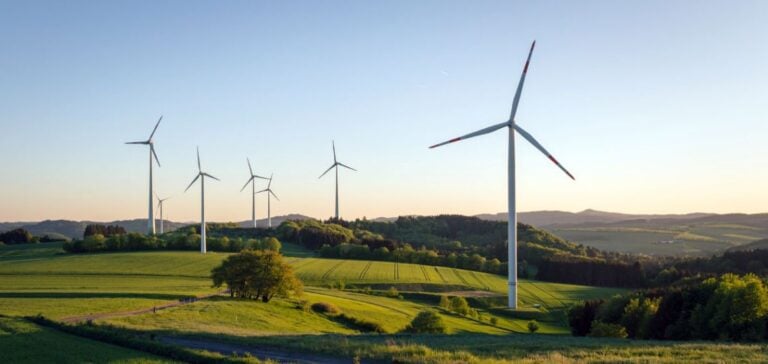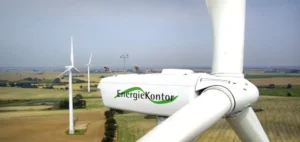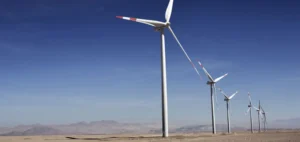Kazakhstan continues its efforts in energy diversification with 228 million kilowatt-hours (kWh) generated at the Shelek Wind Farm by the end of 2024. This project, included in the Sino-Kazakh cooperation program, is part of the national strategy to reduce reliance on fossil fuels.
The Shelek Wind Farm, located in the southern region of the country, has provided clean and stable energy during its first year of independent operation. Although modest compared to overall energy needs, this production addresses regional challenges, such as electricity shortages and reliance on a single energy source.
A project rooted in international cooperation
The Shelek Wind Farm was developed as part of the “Sino-Kazakh Cooperation List,” which aims to promote sustainable energy infrastructure development. With an estimated annual production capacity of 220 million kWh, the site plays a key role in local energy supply while paving the way for new energy transition initiatives.
By integrating projects like this into its energy network, Kazakhstan adopts a proactive approach to securing its energy supply while honoring its international climate commitments.
A lever for energy policies
The results achieved by the Shelek Wind Farm encourage policymakers to increase support for renewable energies. The success of this installation could serve as a model for other wind power projects, attracting more foreign investments and advancing green energy development in the country.
By increasing the share of renewable energy in its energy mix, Kazakhstan is gradually enhancing its resilience to fossil fuel market fluctuations and reducing its carbon footprint. This project, although regional in scale, underscores the importance of international collaboration in the energy sector.





















